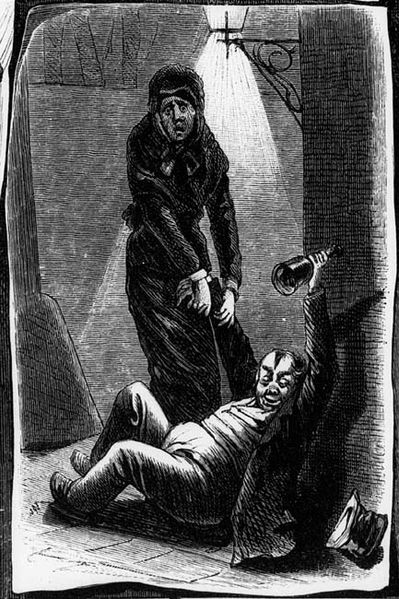Alcoholism pathophysiology
| https://https://www.youtube.com/watch?v=e5DxD6Tuxxw%7C350}} |
|
Alcoholism Microchapters |
|
Diagnosis |
|---|
|
Treatment |
|
Case Studies |
|
Alcoholism pathophysiology On the Web |
|
American Roentgen Ray Society Images of Alcoholism pathophysiology |
|
Risk calculators and risk factors for Alcoholism pathophysiology |
Editor-In-Chief: C. Michael Gibson, M.S., M.D. [1]
Overview
Pathophysiology
Genetics
Psychiatric geneticists John I. Nurnberger, Jr., and Laura Jean Bierut suggest that alcoholism does not have a single cause—including genetic—but that genes do play an important role "by affecting processes in the body and brain that interact with one another and with an individual's life experiences to produce protection or susceptibility." They also report that less than a dozen alcoholism-related genes have been identified, but that more likely await discovery.[1]
At least one genetic test exists for an allele that is correlated to alcoholism and opiate addiction.[2] Human dopamine receptor genes have a detectable variation referred to as the DRD2 TaqI polymorphism. Those who possess the A1 allele (variation) of this polymorphism have a small but significant tendency towards addiction to opiates and endorphin releasing drugs like alcohol.[3] Although this allele is slightly more common in alcoholics and opiate addicts, it is not by itself an adequate predictor of alcoholism, and some researchers argue that evidence for DRD2 is contradictory.[1]

References
- ↑ 1.0 1.1 Nurnberger, Jr., John I., and Bierut, Laura Jean. "Seeking the Connections: Alcoholism and our Genes." Scientific American, Apr2007, Vol. 296, Issue 4.
- ↑ New York Daily News (William Sherman) Test targets addiction gene 11 February 2006
- ↑ Ulf Berggren, Claudia Fahlke, Erik Aronsson, Aikaterini Karanti, Matts Eriksson, Kaj Blennow, Dag Thelle, Henrik Zetterberg and Jan Balldin The TaqIA DRD2 A1 Allele Is Associated with Alcohol-Dependence although its Effect Size Is Small Alcohol and Alcoholism 2006 41(5):479-485; doi:10.1093/alcalc/agl043